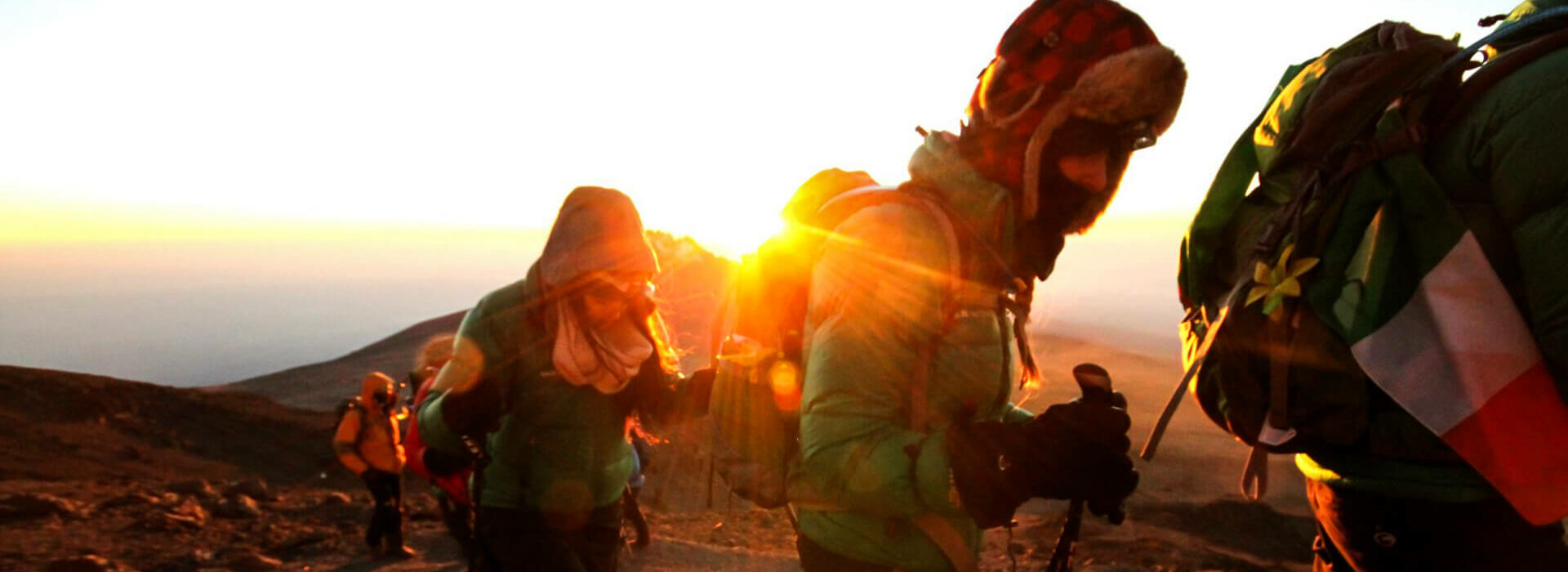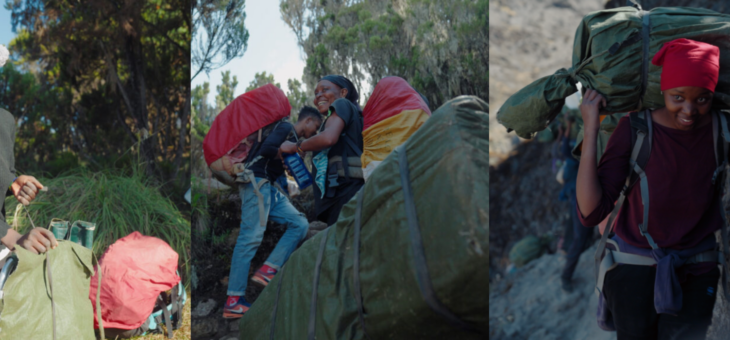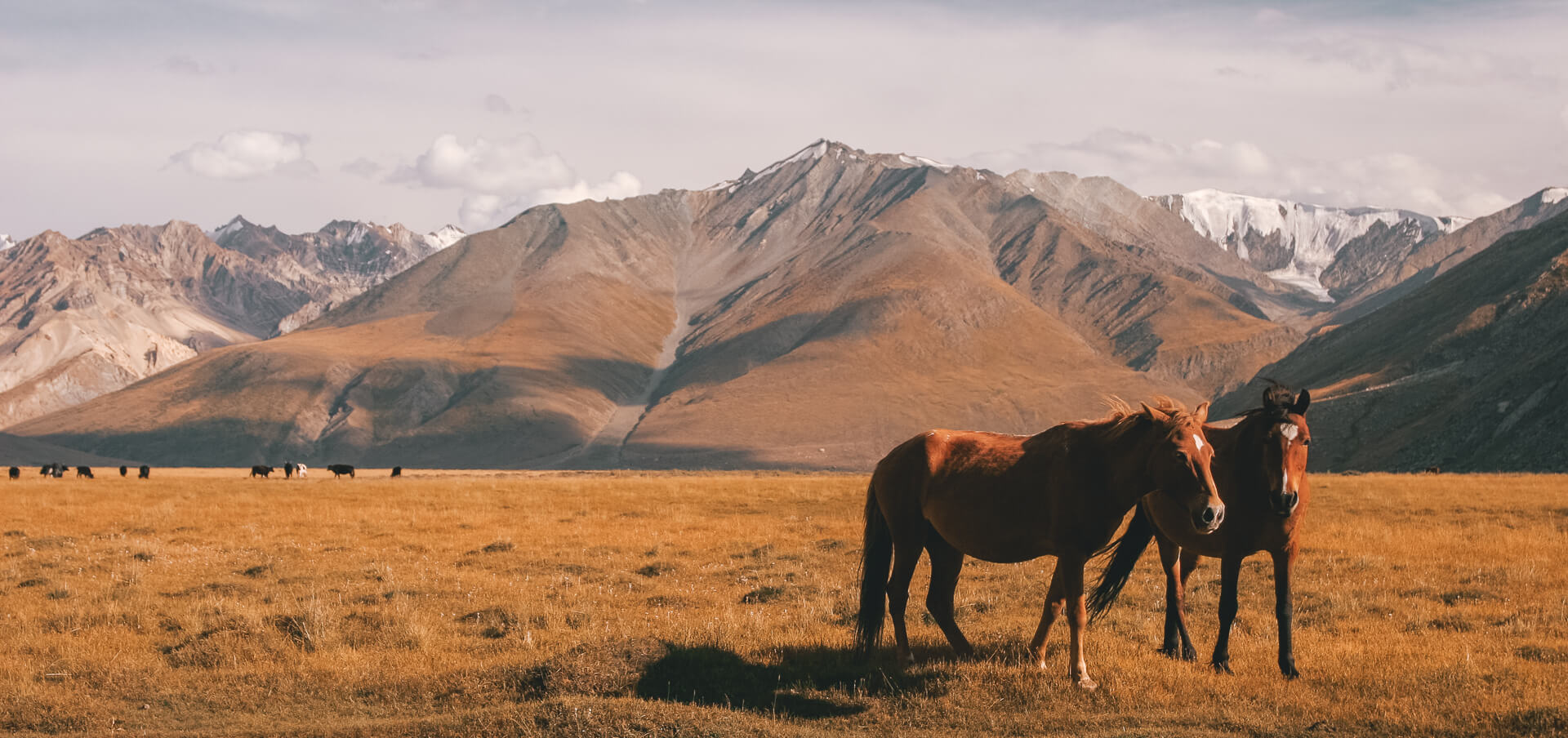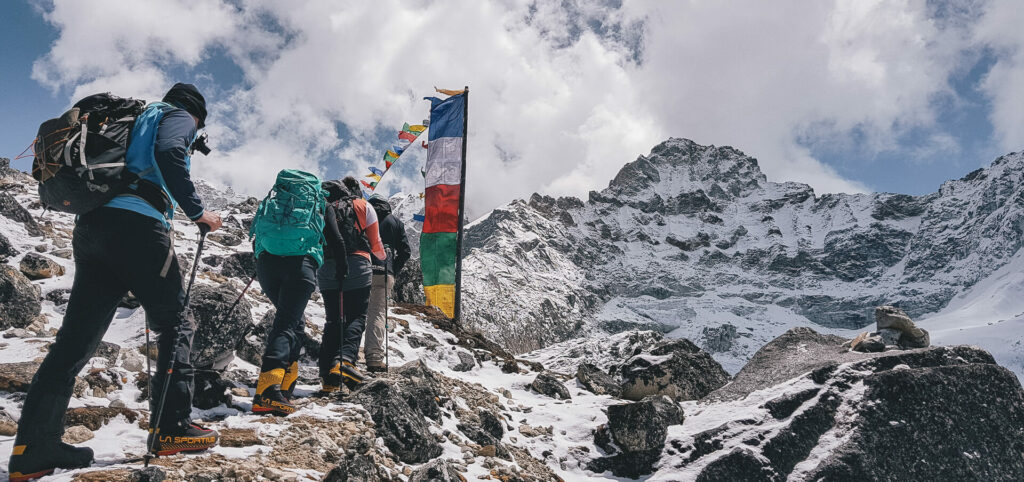
One of the biggest concerns that people have prior to setting off on an expedition is altitude sickness. If you live at sea level (as a lot of us in Ireland do) then the idea of adjusting to high altitude can seem a little daunting. And altitude can affect anyone – it doesn’t matter how fit or healthy you are! But the good news is there are plenty of things that you can do to help your body adjust. Our MD James has put together some brilliant tips about how to prevent altitude sickness, which you can watch below. Or read on to find out more!
How to prevent altitude sickness
Itinerary
This is one of the most important elements to preventing altitude sickness. Wherever you’re heading, you need to book a package that allows you enough time to properly adjust to the altitude as you climb. This can mean allowing for rest days, or simply trekking on a route that allows you to climb slowly. Best practice is to gain between 300m and 500m a day. This isn’t always feasible, but you should try to stick to it where possible. A good example of this is Kilimanjaro. Some companies sell a 5-day itinerary, but those attempting to climb in 5 days have a much lower success rate than those who do it in 7 days.
This doesn’t just apply to trekking, either. When you take a big jump in elevation, you should try to take a rest day on the following day. An example of this is landing in Cusco in Peru, before the Machu Picchu trek. Cusco is at 3,400m, which is a huge altitude gain for most of us. It’s important to spend two nights there before you start your trek, to allow your body to adjust.
Pacing
It’s not just about the speed with which you travel, but the speed with which you walk. Often, it’s those who start trekking slower that are the strongest on summit day. Which is the inspiration for the phrase you may hear… “Start like an old man, finish like a young man”. It’s best to keep pace with others in your group, and maintain a slow and steady pace. This keeps your heart rate low, and is much better than starting and stopping constantly.
Even the way that you walk can help. Where possible, you should place your foot on a flat surface – stepping up on just the ball of your foot puts strain on your calf muscles. Watch the video at the top of the page to see what we mean!
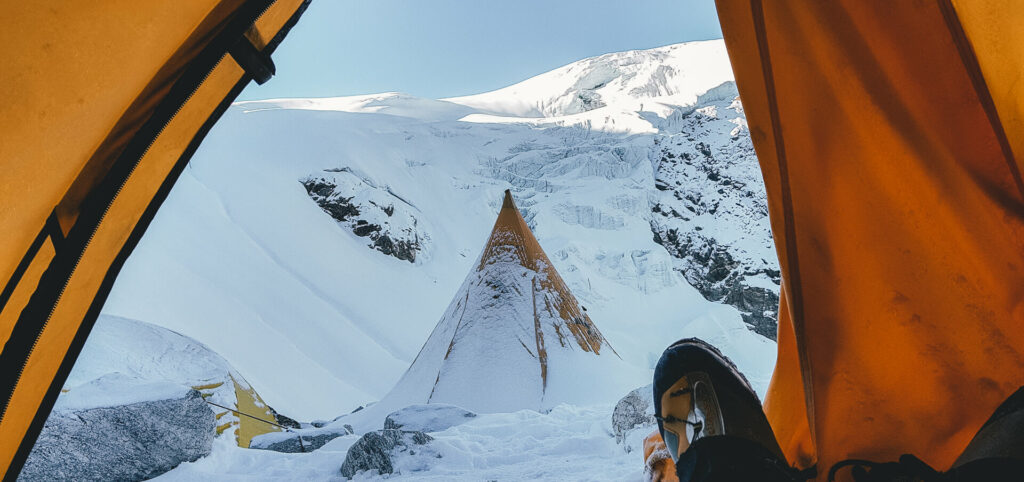
Hydration
This is one of the most important elements when it comes to climbing at altitude. Depending on how much you sweat, you should aim to drink between 4 and 6 litres of water every single day. You should also avoid alcohol, which is a diuretic and will dehydrate you. It’s a good idea to hydrate yourself as much as possible earlier in the day. Take James, for example – he tries to drink 1 litre as soon as he wakes up, 2 litres on the trail, and 1 litre as soon as he gets to camp. That means he has drunk 5 litres before 5pm. He will have tea and water with dinner, but his bladder will be mostly empty by the time he goes to bed at 9pm. Because it’s no fun to wake up in sub zero temperatures, and sneak out of the tent for a wee!
Eat Well
We all know how important it is to fuel our bodies properly. But this is even more important when you’re trekking at altitude. On an Earth’s Edge trek, you get three amazing meals a day. You need to bring your own snacks to keep you energised between meals. These are often really personal – you might like protein bars, or trail mix, or dried fruit. It’s important to bring snacks you really love, that are high in calories. Often, you can lose your appetite as you gain altitude, which is a cruel trick considering you need to remain well fed! Bring the stuff that you love to eat, and you’ll find it much easier to keep eating.
Sleep
When you’re looking at how to prevent altitude sickness, getting a good night’s rest is really important. The two things you need to focus on are comfort and warmth. You need a good sleeping pad and a really warm sleeping bag. These are two areas where you shouldn’t skimp! If you’re a light sleeper, it’s a good idea to bring earplugs, too.
You can read our other posts about coping with high altitude and dealing with altitude sickness here.
